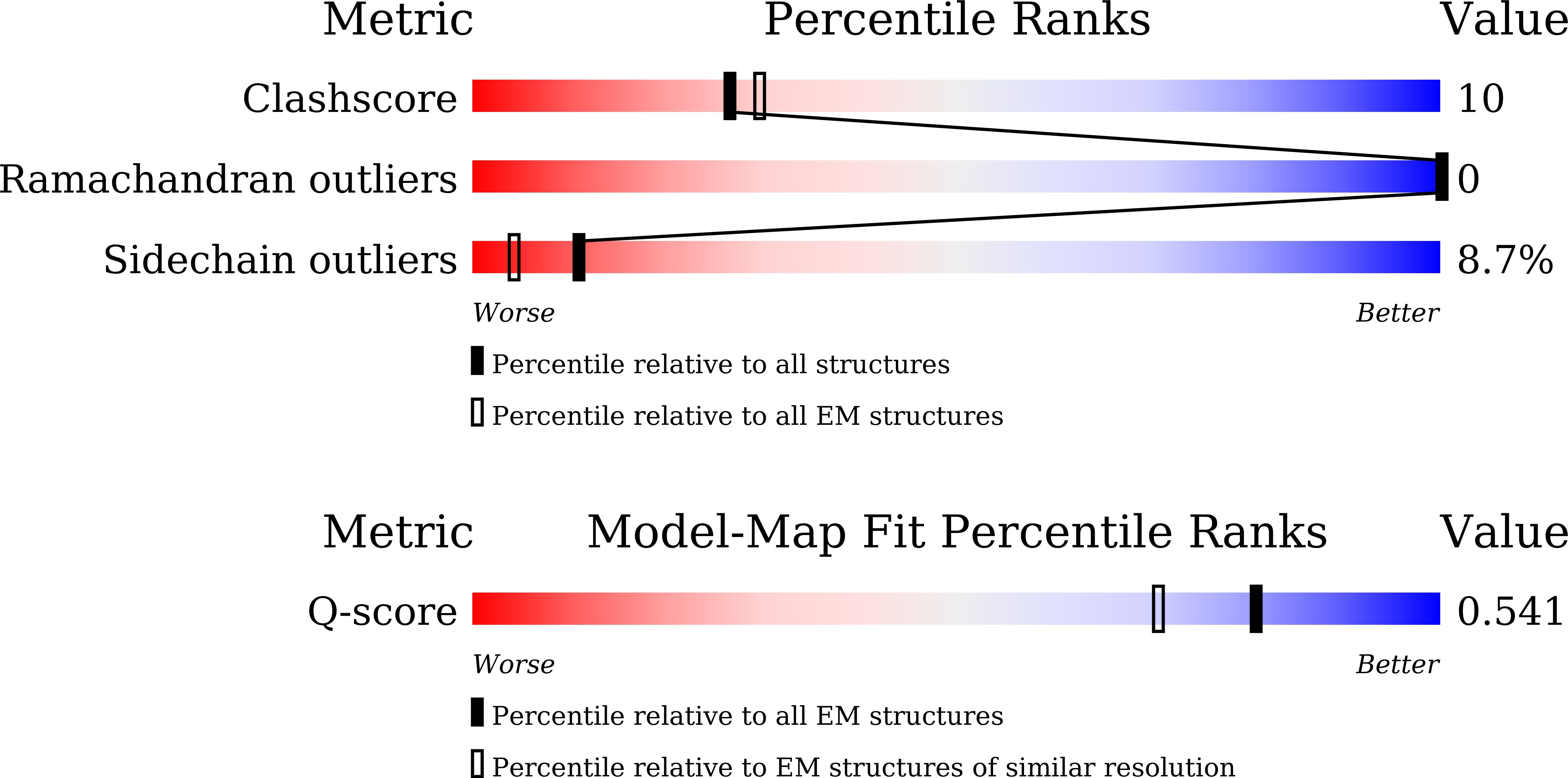
Deposition Date
2025-07-31
Release Date
2025-11-19
Last Version Date
2025-11-19
Entry Detail
PDB ID:
9W49
Keywords:
Title:
Cryo-EM structure of human kappa opioid receptor -G protein signaling complex bound with U-50488H
Biological Source:
Source Organism:
Homo sapiens (Taxon ID: 9606)
Mus musculus (Taxon ID: 10090)
Mus musculus (Taxon ID: 10090)
Host Organism:
Method Details:
Experimental Method:
Resolution:
2.90 Å
Aggregation State:
PARTICLE
Reconstruction Method:
SINGLE PARTICLE


